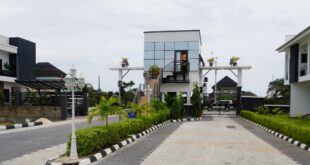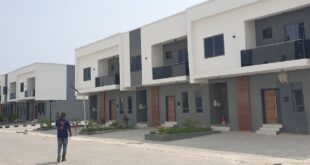East Africa’s economy has continued to grow despite the adverse effects of drought being felt across the region according to ICAEW’s (the Institute of Chartered Accountants in England and Wales) latest report.
In Economic Insight: Africa Q1 2017 launched on 13 April, the accountancy and finance body points out that authorities from various East African nations have attempted to mitigate the effects of the drought by stimulating economic activity through other channels such as substantial fiscal stimulus and loosened monetary policy.
The report, commissioned by ICAEW and produced by partner and forecaster Oxford Economics, provides a snapshot of the region’s economic performance. The report focusses specifically on Kenya, Tanzania, Ethiopia, Nigeria, Ghana, Ivory Coast, South Africa and Angola.
According to the report, Tanzania is set to hit a real GDP growth of 6.9 followed by Uganda at 6.8, Ethiopia at 6.7, and Rwanda and Kenya at 6.6 and 6.4 despite the drought. Both Rwanda and Uganda have loosened monetary policy during the first quarter of the year, while Ethiopia counterweighed the drought effects through substantial fiscal stimulus – the construction sector reportedly expanding by 25% during the 2015/16 fiscal year.
Michael Armstrong, Regional Director, ICAEW Middle East, Africa and South Asia said: “Overall, economic growth in East Africa remains strong despite the drought. Infrastructure development continues to stimulate industry across the region, while expanding services to the largely unserviced markets remains the key driver behind growth.”
The adverse effects of the drought have been most notable in Uganda, with agriculture decreasing during the first three quarters of 2016. Poor crop production has also had a marked impact on food price inflation across the region. While not particularly intense in historic terms, inflationary pressures in recent months can almost entirely be attributed to high food prices, with non-food price inflation remaining subdued. Most agriculture in East Africa is highly dependent on the weather, and adverse rainfall is directly reflected in both agricultural production and food prices.
On the southern African front, Botswana and South Africa are still struggling to gain traction due to the slump in commodity prices as well as the drought. Real GDP growth of 1.2% is forecast for both these countries in 2017. South Africa’s growth will be supported by widespread rains, an improved outlook for consumer demand and a recovery in commodity prices, while Angola remains optimistic of improved oil production and the commencement of infrastructure projects. Botswana on the other hand, is forecast to record growth of 4.1% due to demand in the international diamond market.
In the west of the continent, Senegal’s strong growth in its primary (fisheries) and secondary (chemical industry) sectors as well as the government’s collaborative efforts to improve infrastructure (particularly in electricity supply) has tremendously stimulated the country’s economic growth. Growth in Ivory Coast is pegged on the integration of the north into the economy after a decade of division as well as inflows of investment capital attracted by the governments business-friendly National Development Plan.
Despite Ghana’s poor performance last year (with growth estimated to have declined to 3.6%), the country’s economy is expected to recover with a growth margin of 6.3% This is primarily thanks to higher oil production, improved government assistance and less severe Harmattan winds which bode well for agriculture.
Distributed by African Media Agency (AMA) on behalf of the Institute of Chartered Accountants in England and Wales.
The full Economic Insight: Africa report can be found here: http://www.icaew.com/en/about-icaew/where-we-are/africa
 THE AFRICAN COURIER. Reporting Africa and its Diaspora! The African Courier is an international magazine published in Germany to report on Africa and the Diaspora African experience. The first issue of the bimonthly magazine appeared on the newsstands on 15 February 1998. The African Courier is a communication forum for European-African political, economic and cultural exchanges, and a voice for Africa in Europe.
THE AFRICAN COURIER. Reporting Africa and its Diaspora! The African Courier is an international magazine published in Germany to report on Africa and the Diaspora African experience. The first issue of the bimonthly magazine appeared on the newsstands on 15 February 1998. The African Courier is a communication forum for European-African political, economic and cultural exchanges, and a voice for Africa in Europe.






















